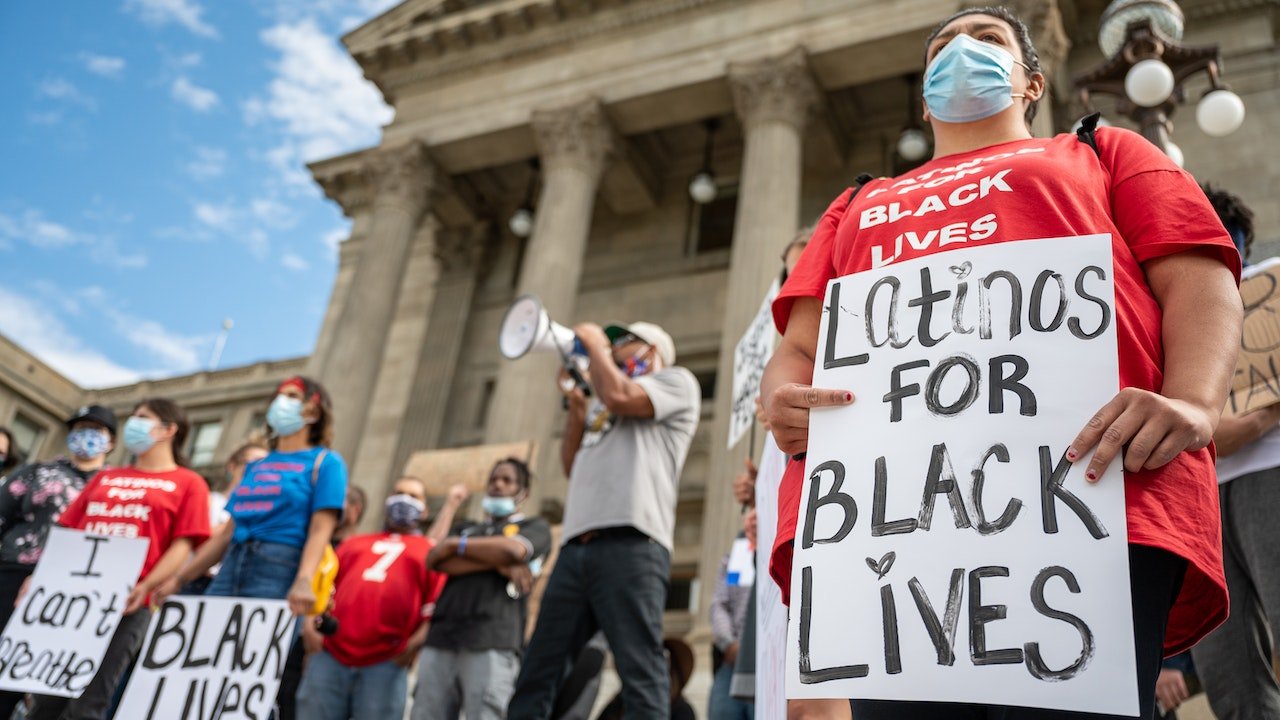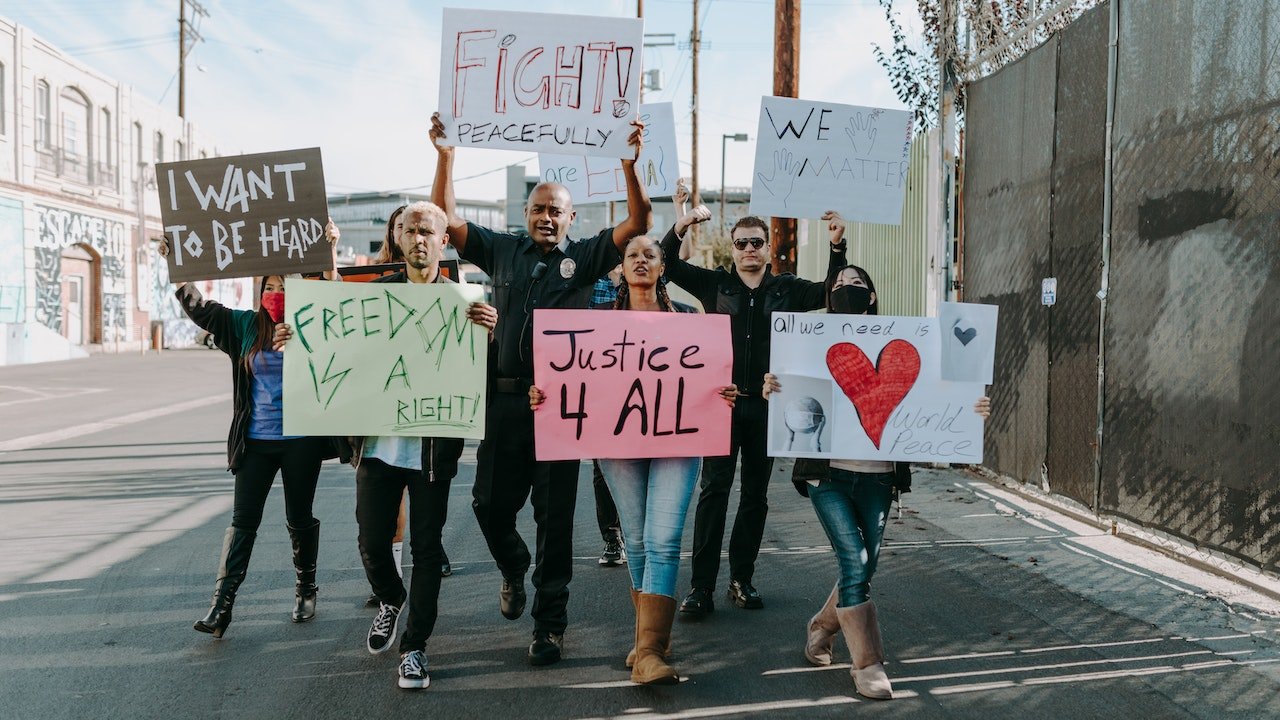Civil Rights Laws and Educational Equality 2023


Civil rights laws are enacted by governments to protect people from discrimination and guarantee equality in many spheres of life, including education. These laws create a foundation for fostering tolerance, combating prejudice, and promoting equality.
Background of Educational Inequality in History
It is critical to recognize the historical backdrop of educational inequality in order to comprehend the significance of civil rights laws in education. African Americans, women, and people with disabilities are just a few examples of the marginalized groups who have historically experienced systemic discrimination and limited access to high-quality education.
Civil Rights Laws’ Impact on Education
By defending individual rights and advancing equal access to educational opportunities, civil rights laws play a crucial part in determining the educational environment. These rules seek to end discriminatory practices, guarantee fairness, and foster an environment where all pupils may study.
The Civil Rights Act’s Title VI
Any program or activity receiving federal financial aid is prohibited from discriminating on the basis of race, color, or national origin under Title VI of the Civil Rights Act of 1964. Racial segregation in schools is addressed, and integration is encouraged, producing diverse and inclusive learning environments.
The Education Amendments Act’s Title IX
A major civil rights law that forbids sex-based discrimination in educational institutions is Title IX of the Education Amendments Act of 1972. It makes sure that girls and women have the same educational possibilities, including access to sports programs, financial aid, and resources.
Education for Individuals with Disabilities Act (IDEA)
Federal legislation known as the Individuals with Disabilities Education Act (IDEA) protects the rights of students with disabilities. It requires that these pupils receive a free, suitable public education in a setting with the fewest restrictions feasible. To provide equal educational opportunities, IDEA places a strong emphasis on the provision of specialized services and accommodations.
Read More: How to Protecting Civil Rights in the Workplace 2023
Civil Rights Laws’ Effect on Educational Equality
Education equality has been significantly impacted by civil rights laws. They have supported diversity in schools, encouraged integration, and helped remove barriers to education. These regulations have made it possible for marginalized communities to have better access to high-quality education by correcting discriminatory practices.
Limitations and Obstacles
Despite significant progress made by civil rights laws in advancing educational equality, obstacles and constraints still exist. The complete realization of equal educational opportunities for everyone continues to be hampered by insufficient enforcement, resource imbalances, and societal biases.
The Value of Enforcing the Law
To truly achieve educational equality, civil rights legislation must be effectively enforced. To ensure adherence to these regulations and resolve incidents of prejudice, effective oversight and accountability procedures are required. In order to promote an inclusive and egalitarian culture, cooperation between educational institutions, policymakers, and advocacy organizations is crucial.
Education and Civil Rights Laws Recent Developments
There have been a number of significant advancements in civil rights legislation and education in recent years. There has been a lot of focus on initiatives to address sexual assault and harassment in educational settings, advance transgender rights, and stop the school-to-prison pipeline. These developments demonstrate how civil rights legislation is constantly changing and how they continue to affect educational equality.
Education Institutions’ Contribution to the Promotion of Equality
The promotion of equality and the creation of inclusive settings are important roles that educational institutions must play. Schools may establish a positive learning environment for children from all backgrounds by putting in place policies that support diversity, equity, and inclusion. The best ways for educational institutions to guarantee equitable chances for everyone are to emphasize cultural competency, offer anti-bias training, and encourage diverse curricula.
Read More: The Intersection of Civil Rights Laws and Criminal Justice 2023
Techniques for Promoting Educational Equity
The implementation of comprehensive solutions that address structural impediments and encourage inclusivity is crucial for achieving educational equality. Several crucial tactics include:
- focus initiatives to close the achievement gap
- Increasing access to high-quality early education
- increasing cultural competency and diversity among educators
- ensuring the fair distribution of funds and resources
strengthening inter-school relationships.
Marginalised Communities’ Empowerment
The pursuit of educational equality must prioritize empowering marginalized groups. Policymakers and educators can build a more inclusive and equitable educational system by highlighting their needs, including them in decision-making processes, and amplifying their voices.
Taking Care of Resource Allocation Disparities
For educational equality to be attained, resource allocation discrepancies must be addressed. The quality of education obtained by children from different backgrounds can be considerably impacted by equitable financial distribution, access to technology, well-maintained buildings, and enough support services.
Conclusion
By defending the rights of every person, encouraging inclusivity, and eradicating discriminatory practices, civil rights laws play a crucial part in guaranteeing educational equality. Despite ongoing difficulties, it is imperative that these regulations are upheld and improved in order to build a just and equitable educational system. We can work towards a future where every person has equitable access to high-quality education through empowering marginalized communities, eliminating resource inequalities, and building inclusive educational settings.
Remember that achieving educational equality needs continuous efforts to eliminate structural barriers and advance inclusivity. We may contribute to a more just and fair society by comprehending the importance of civil rights laws and actively working to create equal educational environments.
FAQs
Civil rights laws: what are they?
Civil rights laws are enacted by governments to protect people from discrimination and guarantee equality in many spheres of life, including education.
What effects have civil rights laws had on academic equality?
Civil rights legislation has made it easier for marginalised groups to obtain high-quality education through fostering integration, tearing down educational barriers, and promoting diversity in the classroom.
What function do educational institutions serve in the advancement of equality?
By putting in place policies that support diversity, equity, and inclusion and by offering anti-bias training, educational institutions play a significant part in advancing equality.
How can resource inequality in education be addressed?
The equal distribution of funds, availability of technology, upkeep of facilities, and provision of suitable support services for students from all backgrounds are all aspects of addressing resource imbalances.
What measures may be taken to guarantee educational equality?
Closing the achievement gap, improving access to high-quality early childhood education, expanding teacher diversity, providing equitable resource allocation, and developing relationships between schools, families, and communities are all strategies for promoting educational equality.












One Comment